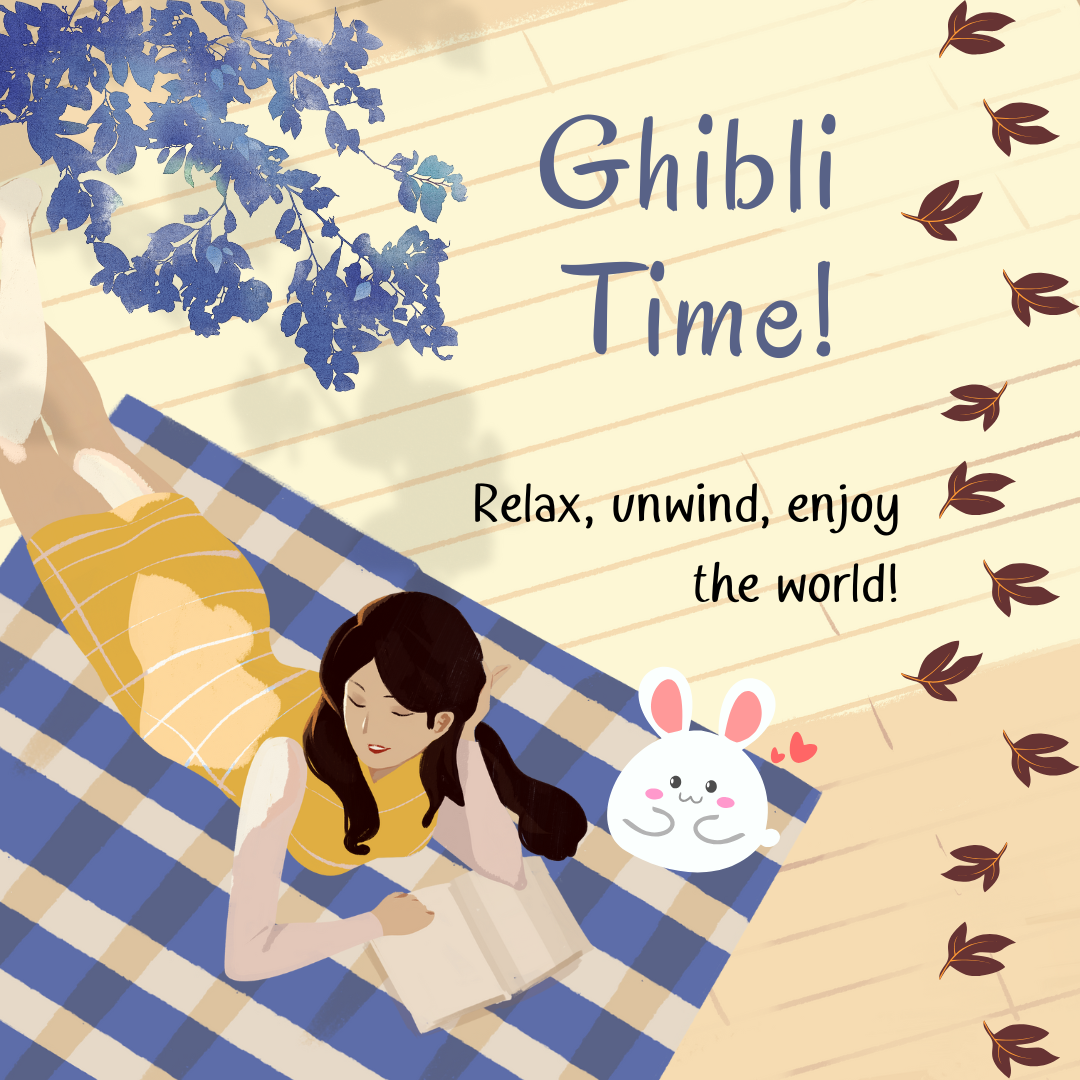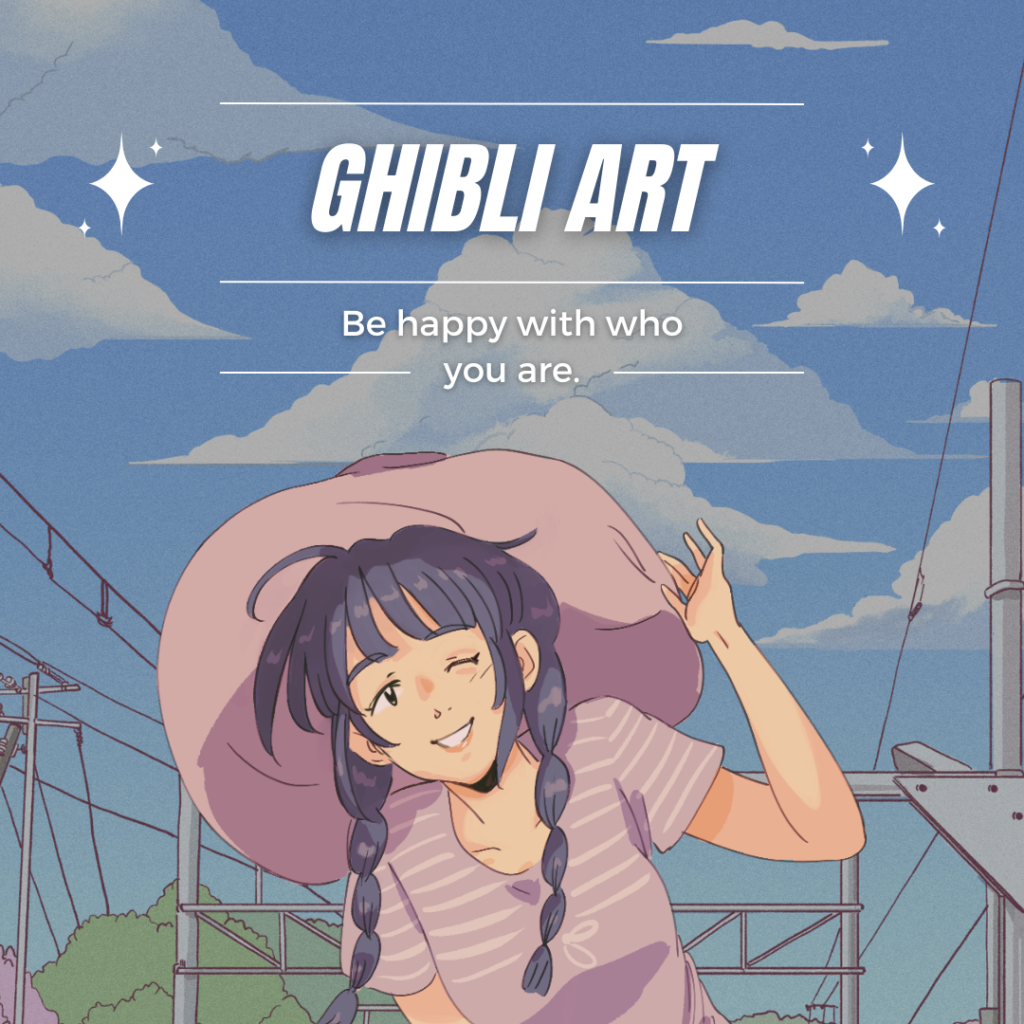
Ghibli Art: A Magical Journey in Every Frame
Introduction
Studio Ghibli creates more than stories. Hence, it paints entire worlds with emotion and imagination. From floating castles to quiet forests, every scene feels alive. Let’s dive into what makes “Ghibli art” truly special.
What Makes Ghibli Art Unique
Ghibli art stands out in every frame. It blends the real world with the magical. You feel like you could step into the screen. Unlike many studios, Ghibli focuses on atmosphere. Its visuals don’t just support the story—they are the story. There’s emotion in every cloud, every breeze, every smile.

The Origin of Studio Ghibli’s Art Style
Ghibli’s art style started with its founders. Hayao Miyazaki, a visionary director and artist, loved hand-drawn animation. Isao Takahata pushed for emotion and realism. They drew influence from European animation and Japanese culture. Nature, quiet life and fantasy
Key Features of Ghibli Art Style
Soft colors make Ghibli films easy on the eyes. Backgrounds feel painted with care and love. Characters have simple, yet expressive designs. Even small objects—like food or shoes—get detailed attention. Weather, wind and silence are part of the visuals. There’s always motion—even in stillness.
Symbolism in Ghibli Art
Ghibli uses art to speak deeper truths. Forests often stand for healing or danger. Flying scenes represent escape or freedom. Empty spaces show loneliness or peace. Water reflects change, growth, or memory. Visual metaphors appear without words. Each color, shape or movement carries meaning.
Ghibli Art in Famous Movies
“Spirited Away” uses rich colors and spirits to show a girl’s journey. The bathhouse is full of cultural details. “Totoro” brings forest spirits to a quiet village. Every tree and leaf add to the magic. “Mononoke” paints a war between nature and humans. It uses shadow, fog, and earthy tones. “Howl’s Moving Castle” shows whimsy with flying castles and surreal cities.
Ghibli’s Animation and Art Process
Ghibli sticks to hand-drawn animation. Each frame is drawn and painted with care. Artists spend hours on one scene. Backgrounds often look like watercolor paintings. Digital tools help but don’t dominate. Everything feels organic and handcrafted. Their process values patience, precision and passion.
Global Influence of Ghibli Art
Ghibli art inspires fans across the world. Pixar’s creators call Miyazaki a major influence. Artists on Instagram mimic Ghibli’s soft style. Video games like Ni no Kuni echo Ghibli’s visuals. Ghibli’s charm reaches all ages and cultures. Its themes are universal and so is its art.
Where to Enjoy Ghibli Art Today
Want to experience Ghibli art up close? Visit the Ghibli Museum in Mitaka, Tokyo. It shows original sketches, backgrounds and models. Watch Studio Ghibli films on Netflix, Max or Blu-ray. Collect art books that feature movie artwork. Join online fan groups and forums. Many artists also sell Ghibli-inspired prints and crafts.
Why Ghibli Art Still Matters
In a world of CGI, Ghibli stays timeless. It reminds us that art can be quiet and powerful. Its visuals calm the mind and stir the soul. Ghibli’s worlds feel lived-in and full of heart. They show us wonder in small things. That’s why Ghibli art never fades.
What’s Your Favorite Ghibli Scene?
Ghibli art means something different to everyone. Maybe it’s the Catbus. Or a flying castle. Maybe it’s a bowl of ramen drawn with love. Share your favorite Ghibli moment below. Let’s celebrate this magical art—together.

6 Comments